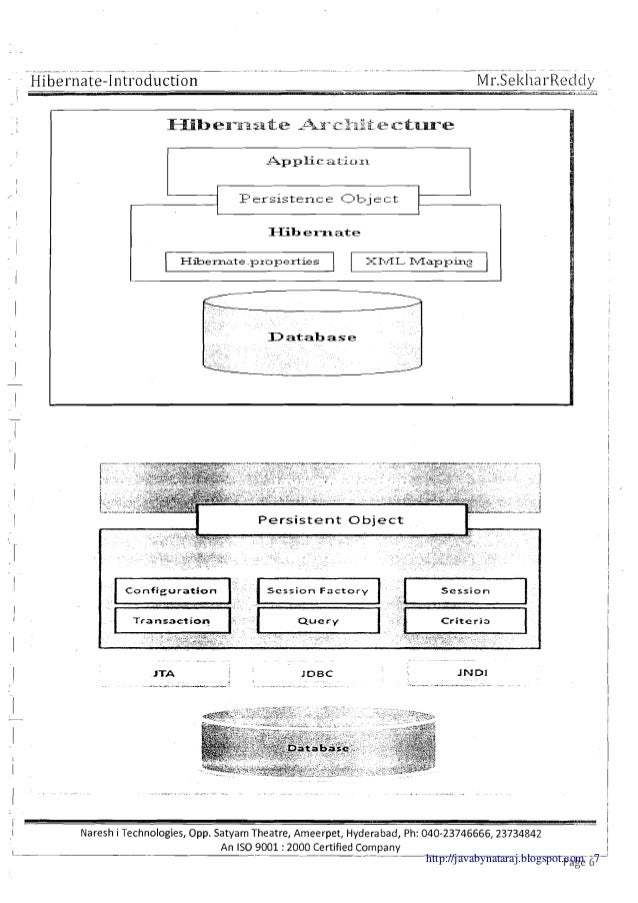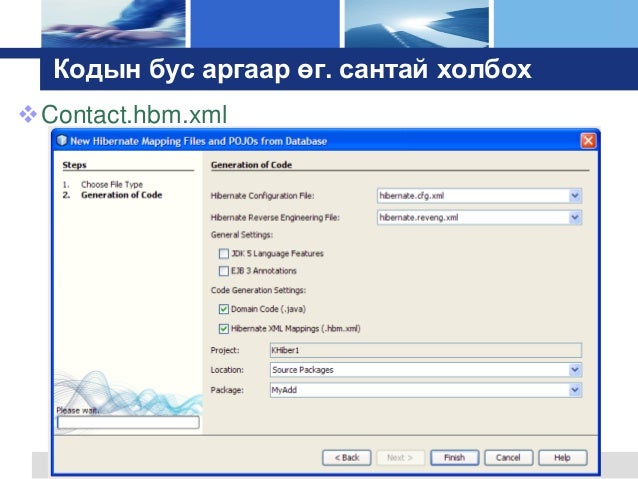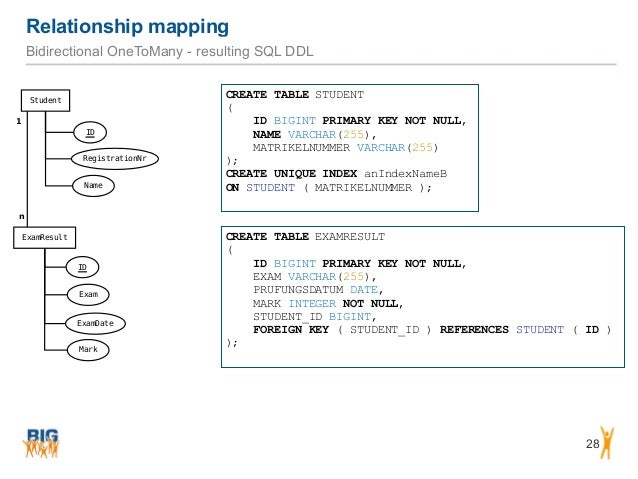

It took me a long time to get even a simple object relationship working the way I wanted to.

They are very powerful, very complex tools. Generated Version is: 0 A few more things to remember Your output should look something like this: Object 0

I think you will quickly see how things work. The application will then print out our results – play around with adding new fields to your object, take a look at the console output. You should see Hibernate create the table, then execute our queries. When you run HibernateDemoTest, you should have a fully functional Hibernate enabled HSQL database with one table. ("Generated Version is: " + object1.getVersion()) Īssert.assertEquals((Long) 1l, object0.getId()) Īssert.assertEquals((Long) 2l, object1.getId()) Īnd here we are. ("Generated Version is: " + object0.getVersion()) SimpleObject object1 = new SimpleObject() Īssert.assertEquals((Long) null, object0.getId()) Īssert.assertEquals((Long) null, object1.getId()) SimpleObject object0 = new SimpleObject() Import .util.EntityManagerUtil ĮntityTransaction transaction = em.getTransaction() Without a proper implementation of these two methods, bad things can happen like duplicate rows being added, strange or missing data from result sets. hashCode() methods these methods will need to be implemented in order to ensure proper object equality and consistency between the Hibernate/JPA and our application.

This means it must have a constructor that has no arguments. The class must have a default (or undefined) constructor method.The class must be annotated with The class must have a column.In order to map an object, a few things always need to be done: The id field is a required field, but before you complain, there is a philosophy of database design that dictates every entity table should have its own id column some disagree with this, but I’ve found it a very convenient practice. Notice that this is a simple POJO with two fields: id and version. Public static EntityManagerFactory getEntityManagerFactory()ĮntityManagerFactory emf = Persistence.createEntityManagerFactory("hsqldb-ds") įortunately for us, Hibernate comes with a default logging configuration that shows us pretty much what we need, and if you are using it on a Java EE Application Server like JBoss AS or GlassFish then this logging is configured in the server itself however, if you want to customize the log output for our standalone Java SE demo, you’ll need to take a look at jboss-logging. You should note that we are also using the class to obtain an EntityManagerFactory The EntityManagerFactory controls connections to the database, and also gives you access to EntityManager instances.ĮntityManager is the API you’ll be using to actually interact with the database via SQL or JQL (JPA Query Language.) To do so we have to annotate our converter class with and implement the AttributeConverter .ĮntityManagerUtil is a convenience class that provides your application access to the active EntityManagerFactory. In our case, we'll convert the attribute to a String value that contains both name and surname fields. Now we need to create a converter that transforms the PersonName attribute to a database column and vice-versa.


 0 kommentar(er)
0 kommentar(er)
